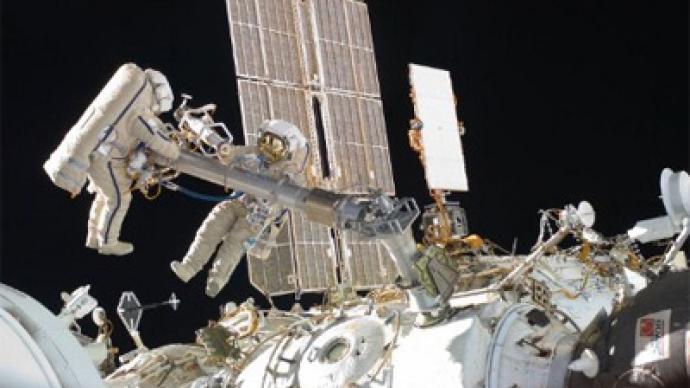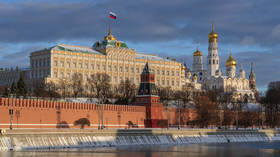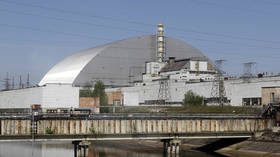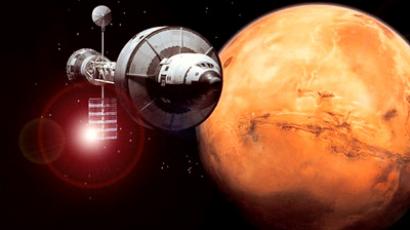Plutonium to Pluto: Russian nuclear space travel breakthrough

A ground-breaking Russian nuclear space-travel propulsion system will be ready by 2017 and will power a ship capable of long-haul interplanetary missions by 2025, giving Russia a head start in the outer-space race.
The megawatt-class nuclear drive will function for up to three years and produce 100-150 kilowatts of energy at normal capacity. The new project proposes the use of an electric ion propulsion system. The engines exhaust thrust will be generated by an ion flow, which is further accelerated by an electric field. The nuclear reactor will therefore “supply” the necessary amount of electric power without unwanted radioactive contamination of the environment.Xenon will serve as propellant for the engines.It is under development at Skolkovo, Russia’s technology innovation hub, whose nuclear cluster head Denis Kovalevich confirmed the breakthrough to Interfax. "At present we are testing several types of fuel and later we will start drafting the design," he said.While the engine is expected to be fully assembled by 2017 the accompanying craft will not be ready before 2025 former head of Roscosmos, Anatoly Perminov, told Interfax.Scientists expect to start putting the new engine through its paces in operational tests as early as 2014. The Russian government began the ambitious project in 2010 with an investment of approximately $17 million dollars and is expected to shell out $247 million over the next five years to complete the engine.
Contractors:NIKIET (Research and Design Institute of Power Engineering, open joint-stock company, subsidiary of Russia’s state-run nuclear corporation Rosatom) – main design office for the reactorEnergia (Korolyov Rocket and Space Corporation)Kurchatov Institute (National Research Centre)Keldysh Research Center (Federal State Unitary Enterprise)Funds:Total cost of nuclear propulsion system: over US $247 millionTotal project budget: over US $580 million through 2019
The idea of using a nuclear propulsion system to power space missions is not altogether new. It came about in the 1960s and was the brainchild of three Russian academics, Mstislav Keldysh, Igor Kurchatov and Sergey Korolev in the Soviet Union.Research into the field was subsequently carried out not only in the Soviet Union, but also in the US, although with a view to creating a new weapon rather than the advancement of space travel. The stumbling block that has faced scientists over the last couple of years is that as a craft travels further away from the sun’s rays, solar energy weakens and cannot produce the necessary energy to power electric engines through its solar panels.Nuclear power has generally been considered a valid alternative to fossil fuels to power space craft, as it is the only energy source capable of producing the enormous thrust needed for interplanetary travel. NASA embarked on a project to develop a nuclear engine capable of powering a space craft, but funding was cut in 2003.The revolutionary propulsion system falls in line with recently announced plans for Russia to conquer space. Last month, the Russian Federal Space Agency released its ambitious scheme to explore our solar system in the coming years. Entitled Space Development Strategies up to 2030, Russia aims to send probes to Mars, Jupiter, and Venus, as well as establish a series of bases on the moon.














